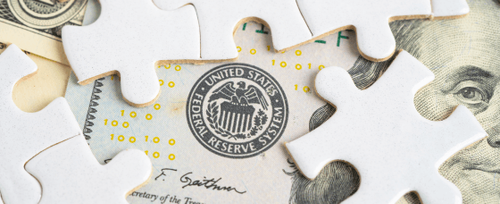BNPL shares - will buying now pay later?
Just five years ago, most people had never heard of a little company called Afterpay.
And the words “buy now, pay later” (now known simply as BNPL) weren’t in common use.
That’s all changed. In fact, the way people pay for retail goods in Australia was revolutionised by Afterpay. The question is, is BNPL the way of the future, or just a passing fad?
Most people are familiar with the old-fashioned lay-by – which was offered by many retailers in the past. With lay-by, you could buy an item, and pay for it in instalments. When you’d paid for the item in full, you could collect it.
In our fast-paced modern world, the notion of lay-by seems quaint. People want things now; they don’t want to wait weeks or months.
Which is why Afterpay took off.
Afterpay used technology to allow people to pay for items over time, with one key difference – customers didn’t have to wait. Instead, they receive their products immediately, and pay for it in four fortnightly instalments.
It took a while to catch on. Initially, Afterpay was only available from a handful of online retailers. Eventually, momentum started to build and became unstoppable.
By late 2021, Afterpay had gone global. It had 16 million customers, had partnered with 100,000 retailers, and facilitated over $20 billion in sales annually.
Then, there’s the share price…
In 2017, Afterpay shares were trading around $3.00. In 2021, that share price peaked at more than $150.00. Millionaires were created. Afterpay became the new hot stock.
At its peak, Afterpay was on the list of Australia’s 20 largest companies, worth more than $40 billion. The founders were billionaires.
It’s not surprising others wanted to jump on the BNPL bandwagon.
Swedish company Klarna, backed by investors including rapper Snoop Dogg, launched in Australia in 2019 when the Commonwealth Bank took a 5% stake.
Before long, BNPL was everywhere. Now, customers can use Zip Pay, humm, Openpay, Brighte, bundll, and a host of others.
There’s even Beforepay, which lets you get your hands on your paycheque before it’s due – for a 5% fee.
Despite widespread acceptance by customers and retailers, BNPL isn’t without its critics. Consumer advocates argue it encourages overspending, and creates a debt trap for lower-income people.
Research by corporate regulator ASIC in 2020 found that to make BNPL payments on time, one in five customers missed paying other debts, or were forced to cut back on food and essentials.
There are rumblings of discontent from regulators. Most BNPL services aren’t covered by consumer credit legislation because they charge fees, not interest. That’s likely to change, with the government already flagging tighter lending laws in 2023.
But none of that has stopped around 40% of Australians from signing up to at least one BNPL service.
Investors hoping to take advantage of the BNPL boom are spoiled for choice. Twelve BNPL companies are listed on the Australian Securities Exchange, including Block, the US technology company which announced a $39 billion takeover for Afterpay last year, Australia’s largest-ever corporate deal.
And there’s a common theme with all twelve – none are making any money.
So far, the only profits investors have made from BNPL is through capital gains; buying low and selling higher. None are paying dividends, and given the lack of profitability, it’s possible any returns to shareholders could be many years in the future.
If share prices are a guide, investors are turning their backs on the sector completely.
Splitit shares have lost more than half their value in a year. Humm has lost 37 per cent.
Sezzle has lost its sizzle, now worth less than one tenth of its value a year ago.
And Zip Co, the company that went head to head with Afterpay in the early years, looks troubled. Once a $10 billion company with a share price of $12.00, Zip is now trading at 82 cents per share.
Perhaps we’ll soon see a company emerge; one with a BNPL business model capable of generating sustainable profits and returns for shareholders. But it doesn’t exist yet.
This article contains factual information only and is not intended to be general or personal financial advice, and is for educational purposes only.





